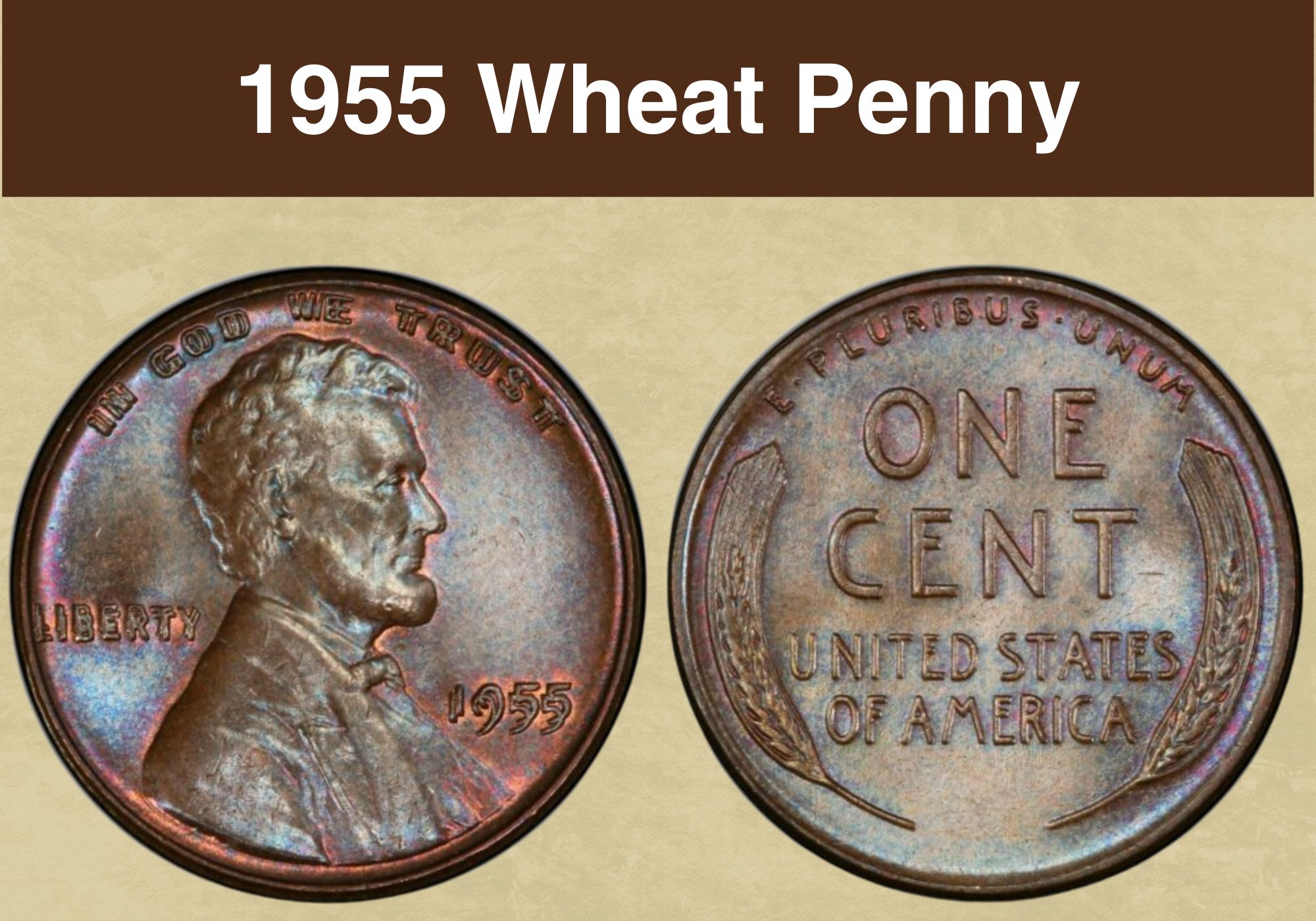
Coin Value Contents Table
- 1955 Wheat Penny Value Chart*
- History of the 1955 Wheat Penny
- Features of the 1955 Wheat Penny
- 1955 Wheat Penny Grading
- 1955 Wheat Penny Value Guides
- 1955 No Mint Mark Wheat Penny Value
- 1955 D Wheat Penny Value
- 1955 S Wheat Penny Value
- 1955 (P) Proof Wheat Penny Value
- Rare 1955 Wheat Penny Errors List
- Where to Sell Your 1955 penny ?
- FAQs
Have you found a penny from 1955 in your pocket change? Wondering if it might be valuable? Then you’ve come to the right place!
We’re going to investigate the 1955 Wheat penny value, its history and design. We’ll learn what separates an ordinary coin from something that excites collectors. And we’ll find out just how much a coin with an error can be worth.
Ready to find out more about this interesting coin? Then let’s get started!
1955 Wheat Penny Value Chart* |
|||
| Mint mark | MS63 | MS65 | MS67 |
| 1955 (P) No Mint Mark Wheat Penny Value | $9 | $25 | $800 |
| 1955 D Wheat Penny Value | $6 | $18 | $550 |
| 1955 S Wheat Penny Value | $5 | $20 | $150 |
| PR63 | PR65 | PR67 | |
| 1955 (P) Proof Wheat Penny Value | Red: $18
Cameo: $20 Deep cameo: $75 |
Red: $32
Cameo: $55 Deep cameo: $300 |
Red: $65
Cameo: $150 Deep cameo: $650 |
*Values for all regular strike coins are for those classified as red.
History of the 1955 Wheat Penny
The 1955 Wheat penny is a subset of the coins known as Lincoln pennies. These were introduced in 1909 and are still being made today. They get their name from the portrait which appears on their obverse: former president Abraham Lincoln.
1909 marked 100 years since Lincoln’s birth, and the new coin was part of the centenary celebrations. It was the first time a real person had ever appeared on US currency. Until then, the “heads” side of coins had usually depicted Lady Liberty.
The Wheat penny is so-called because of the design on its reverse. On either side, curving to follow the coin edges, are two ears of durum wheat.
Only four years after the 1955 pennies were struck, that reverse design was changed. 1959 was the 150th anniversary of Lincoln’s birth, and a new design was commissioned to mark the occasion. This showed the Lincoln Memorial in Washington D.C.
Also read: 12 Most Valuable Lincoln Penny Worth Money
Features of the 1955 Wheat Penny
Obverse of the 1955 Wheat Penny
The obverse, or “heads” side, of the 1955 Wheat penny bears the familiar portrait of Abraham Lincoln. The President is shown in profile facing to the right as the coin is viewed. And although the relief of 1955 coins is slightly higher, this is substantially the same image as is used on modern cents.
It was the work of an artist named Victor David Brenner. Brenner had emigrated to the USA from Russia, from a region that is today in Lithuania. He later travelled to Paris to study, and produced over 120 medals and engravings in his lifetime.
The portrait of Lincoln is his best-known work – but for many years, Wheat pennies did not bear Brenner’s signature.
That was because the initials he had proposed placing on the reverse were considered too prominent. The outcry over what some considered “advertising” led to the Mint removing them altogether, despite the artist’s protests.
They were eventually reinstated in 1918, this time on the obverse. You’ll need to look closely to spot them – they’re at the bottom of Lincoln’s shoulder.
Above the portrait, the words “IN GOD WE TRUST” curve parallel to the upper coin edge. “LIBERTY” is inscribed on the left, while the date is further down on the right.
Coins made in Denver or San Francisco are marked with a “D” or “S” respectively. This appears below the date.
Reverse of the 1955 Wheat Penny
The design on the reverse of the 1955 Wheat penny was also the work of Brenner. It wasn’t his first offering, though. That had been a tree branch, but it was rejected for being too similar to French coins of the same period.
Stylized ears of durum wheat curve along the left and right-hand edges of the coin. They form a frame for the denomination, which is inscribed in large lettering across two lines. Below it the words “UNITED STATES OF AMERICA” are inscribed in smaller font.
At the top of the reverse is the Latin phrase “E PLURIBUS UNUM”. It means “From the many, one” and references the country’s creation from the union of states.
Other Features of the 1955 Wheat Penny
The Wheat pennies of 1955 were made of bronze – 95 per cent copper, with the remaining 5 per cent a mixture of tin and zinc. Seven years later, the tin would be removed from the recipe to make the coins easier to strike.
The high copper content means that Wheat pennies can be found in a variety of different shades. Those that have had minimal handling or exposure to the air will be the warm red of new copper. Those that have seen more use will dull gradually to brown.
All other things being equal, red coins are more valuable to collectors than red and brown ones. And red and brown coins are more valuable than brown.
Not surprisingly, there are exact specifications for a coin to be graded a particular color. In order to be classed as red, it must be red over at least 95 per cent of its total surface area. Brown coins are brown over the same proportion. And red and brown coins are those that fall in between.
You can find out more about color grading Lincoln pennies in this YouTube video from CoinOpp.
Also read: 13 Most Valuable Wheat Penny Worth Money
1955 Wheat Penny Grading
| # | Grade |
|---|---|
| 1 | Basal State-1 |
| 2 | Fair |
| 3 | Very Fair |
| 4, 5, 6 | Good |
| 7, 8, 10 | Very Good |
| 12, 15 | Fine |
| 20, 30 | Very Fine |
| 40 | Extremely Fine |
| 50 | About Uncirculated |
| 60 | Mint State |
| 65 | Mint State |
| 70 | Mint State |
Please check our grading guides to know your coin scale, It’s the necessary step to know the exact value of your coin.
Check out now: How to Grade Lincoln Wheat Penny?
1955 Wheat Penny Value Guides
1955 No Mint Mark Wheat Penny Value
If your 1955 Wheat penny was made in Denver, it will have what’s known as a mint mark. That’s a small “D” on the obverse, just beneath the date.
If there’s no letter there, your penny was minted in Philadelphia. That was the first of the Mint facilities, so it didn’t need a mark to distinguish it from other locations.
1955 saw over 33 million Wheat pennies struck in Philadelphia. That large number means that even now, they’re easy to find. That keeps values modest: pennies in circulated condition are usually worth little more than their face value.
But red coins in uncirculated condition can be worth much more. Their exact value depends on their condition.
Coin condition is graded on a scale from 1 to 70, with 70 used for a flawless coin. Uncirculated coins are known as “mint state” and graded from 60 to 70. And at the highest grades, a difference of even a point or two can make a huge impact on value.
A 1955 Philadelphia Wheat penny designated red and graded MS60 is valued at around $3. If it’s graded MS63, it will be worth around $9, and at MS65 it’s worth around $25.
The highest grade to have been awarded to any 1955 no mint mark Wheat penny is MS67+. To date, nine coins have been certified at that level, and independent coin grading agency the PCGS values them at $2,750 each.
1955 D Wheat Penny Value
If your 1955 Wheat penny has a small “D” below the date, it was minted in Denver. A vast number of coins have the same pedigree: well over 563 million were struck there that year.
In circulated condition, values are about the same as for the Philadelphia equivalents. Unless there’s an interesting error, a circulated 1955 Denver penny won’t be worth more than a few cents.
And even a red penny in mint state can be purchased for only a few dollars. An example graded MS60 is valued at $2. And a coin graded MS65 – the lowest grade at which a coin is classed as a “gem” – can be yours for around $18.
The finest examples to have been graded by the PCGS are again MS67+. But despite the higher mintage in Denver, there are fewer top quality examples than among Philadelphia coins. Only six coins have been graded MS67+, and they’re each valued at $6,500.
1955 S Wheat Penny Value
If there’s a small “S” beneath the date on your 1955 Wheat penny, it was minted in San Francisco. Just over 44 million coins were struck there that year. That’s more than Philadelphia, but much less than Denver.
As with the other 1955 Wheat pennies, coins in circulated condition won’t usually fetch more than a few cents. But here again, red uncirculated cents are more valuable. Values for those range from $2 at MS60 to $20 at MS65.
And the finest 1955 Wheat penny of them all has an S Mint mark. The PCGS has graded a single coin at MS68, half a point higher than the Denver or Philadelphia best-in-class examples.
Its value? A cool $10,000.
1955 (P) Proof Wheat Penny Value
Proof coins are crafted to the highest possible standards. They’re struck on carefully polished planchets with dies that have been specially manufactured to provide excellent detail.
The first proofs were produced in small quantities and intended for coin archives. But as time went on and coin collecting became more popular, the Mint began producing larger numbers for collectors.
In 1955, the Philadelphia Mint facility struck both business strike pennies and proofs. And while the mintage of the latter was lower, there were still plenty of them. 378,200 proof pennies were struck in 1955.
Just as with regular coins, proofs from Philadelphia don’t have a mint mark.
You might imagine that the higher quality and lower production runs would make these very valuable. But because they were always marketed as collectors’ items, most buyers stored them away carefully.
As a result, they’re still easy to find, especially in relatively low grades. A standard 1955 proof wheat penny graded PR60 could be yours for around $10.
Amongst proof pennies are some awarded the designations of “cameo” or “deep cameo”. These are coins that have an attractive contrast between glossy fields and frosted designs. And for a coin to be a deep cameo, that contrast has to be particularly intense.
Both designations add a premium to value. A 1955 proof Wheat penny graded PR66 is worth about $40. That increases to $80 if it’s a cameo, and $600 if it’s a deep cameo.
The most valuable 1955 proof Wheat penny is a sole deep cameo graded PR69. The PCGS places its value today at $51,000.
Also read: 17 Most Valuable Indian Head Penny Worth Money
Rare 1955 Wheat Penny Errors List
1955 Wheat Penny Double Die Obverse
The 1955 Wheat penny with a double die obverse is one of the most famous error coins in existence. Some 40,000 of them were struck in a single night at the Philadelphia mint. But how was the error made – and how can you spot it?
Double die errors originate during the production of the die used to strike the design onto the coins. The die has to have the image pressed into it, which is done using repeated strikes from a hub.
If there’s even the slightest movement between strikes, a doubled image is produced. That doubling is then transferred onto the coins struck by the die.
The coins struck that night in Philadelphia show doubling on the obverse. It’s particularly apparent on the date and other text. There’s also some loss of detail on Lincoln’s bust, though this is harder to identify.
Around 22,000 of these double die obverse coins were released into circulation before the error was spotted. Very few are known to exist in mint state.
A brown 1955 Wheat penny with this error sold at auction in March 2019 for $1,500. A red penny with that error graded MS60 is valued by the PCGS at $3,250. And at MS65, the value soars to $52,500.
The two finest coins known to exist are graded MS65+. The PCGS values those at an astonishing $288,000 apiece.
Because the error is so famous, there are lots of fakes out there. Look for a coin that’s been independently authenticated by an agency like the PCGS or NGC before parting with big money.
1955 Wheat Penny Poor Man’s Double Die
Not all apparent double die errors are created equal.
Coins known as the “Poor Man’s Double Die” also have doubling on the obverse. But in this case, it’s caused not by a defect during the die manufacture, but by the deterioration of the die over time.
There are many more of these coins in circulation than true double die obverses. Here again, the evidence of doubling is most noticeable on the date. But despite their similar appearance, even high quality examples of the Poor Man’s Double Die are generally worth only a few dollars.
This YouTube video from JBCoinsInc provides more information on 1955 Wheat pennies with the double die obverse error.
Also read: 11 Most Valuable Wheat Penny Errors
Where to Sell Your 1955 penny ?
Now that you know the value of your coins, do you know where to sell those coins online easily? Don’t worry, I’ve compiled a list of these sites, including their introduction, pros, and cons.
Check out now: Best Places To Sell Coins Online (Pros & Cons)
FAQs
Is a 1955 D penny rare?
Over 563 million pennies were struck in Denver in 1955. So a D mint mark doesn’t in itself make a 1955 penny rare. Most coins in circulated condition will be worth only about 5 cents.
Finding a good quality uncirculated example, though, is much harder. Mint state red coins can be worth anything from $2 at MS60 to $6,000 for the top grades.
What is the error on the 1955 penny?
The most famous error on the 1955 penny is the double die obverse. It’s easy to spot, with distinctive doubling on the coin inscriptions and the date. And real examples are very valuable.
But watch out for fakes. And note that doubling can also appear as a result of the die used to strike the coins deteriorating over time. That’s quite different from a “true” double die obverse, where the doubling was part of the die from the moment it was made.
If you’re thinking of spending a lot of money acquiring a 1955 Wheat penny with a double die obverse, look for a coin that’s been professionally graded. Certification from coin services like the PCGS, NGC or ANACS will give you the confidence that you’re buying the real thing.

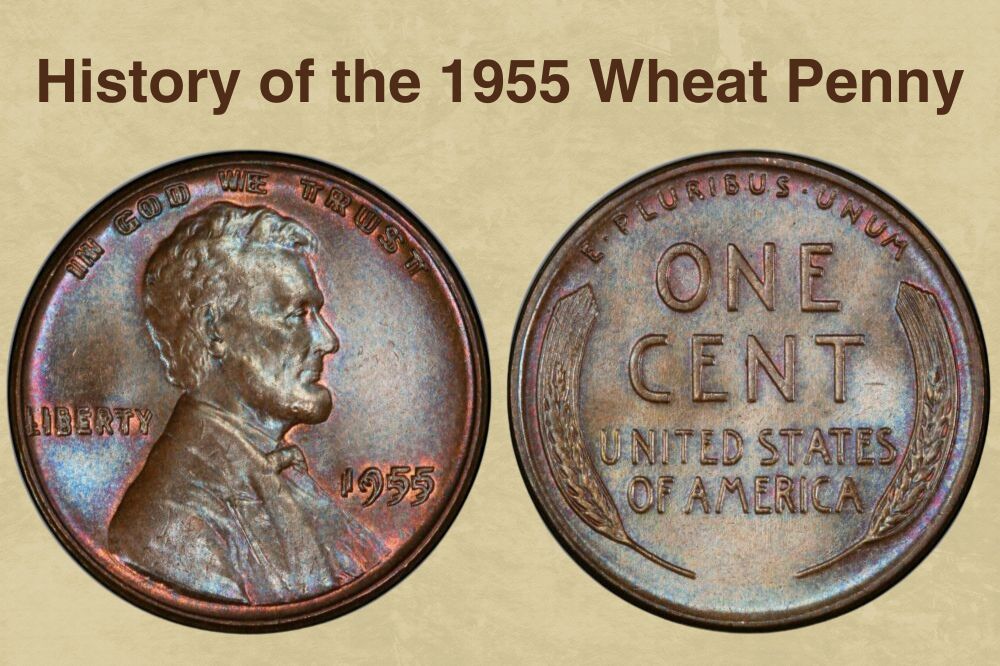
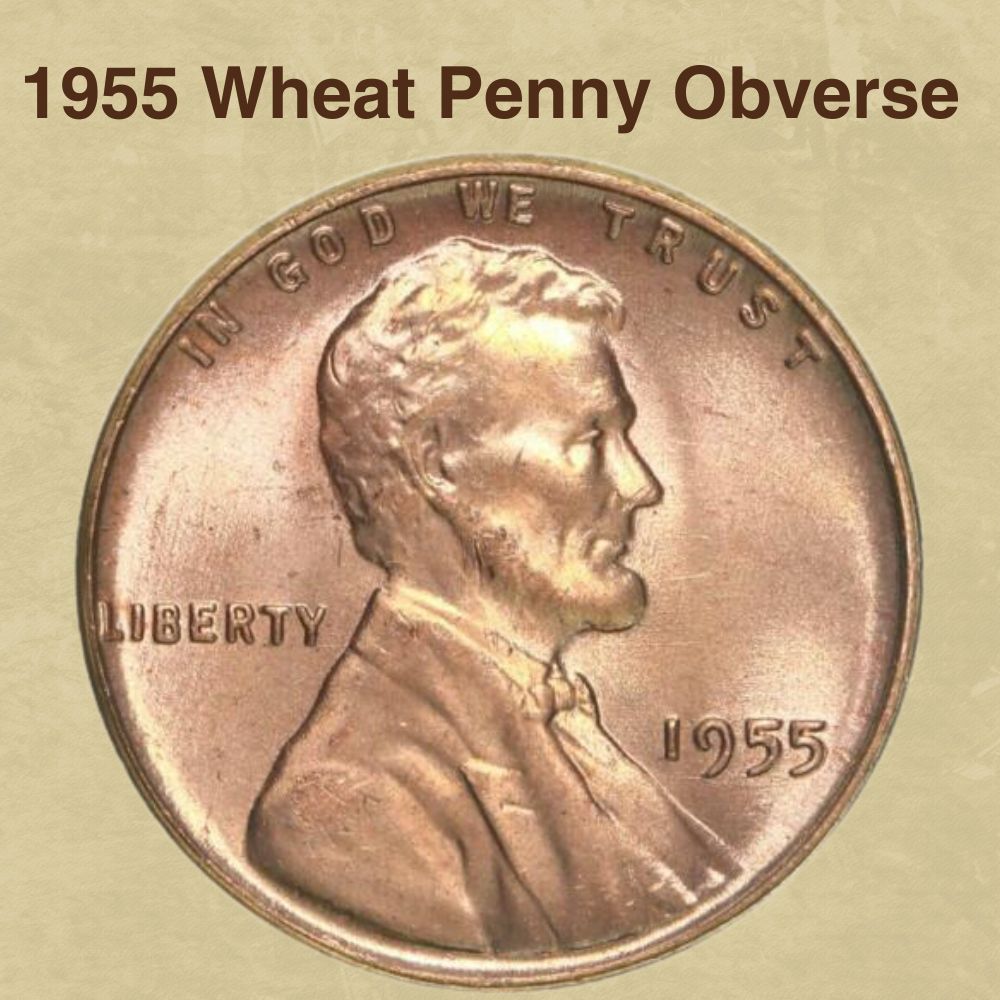
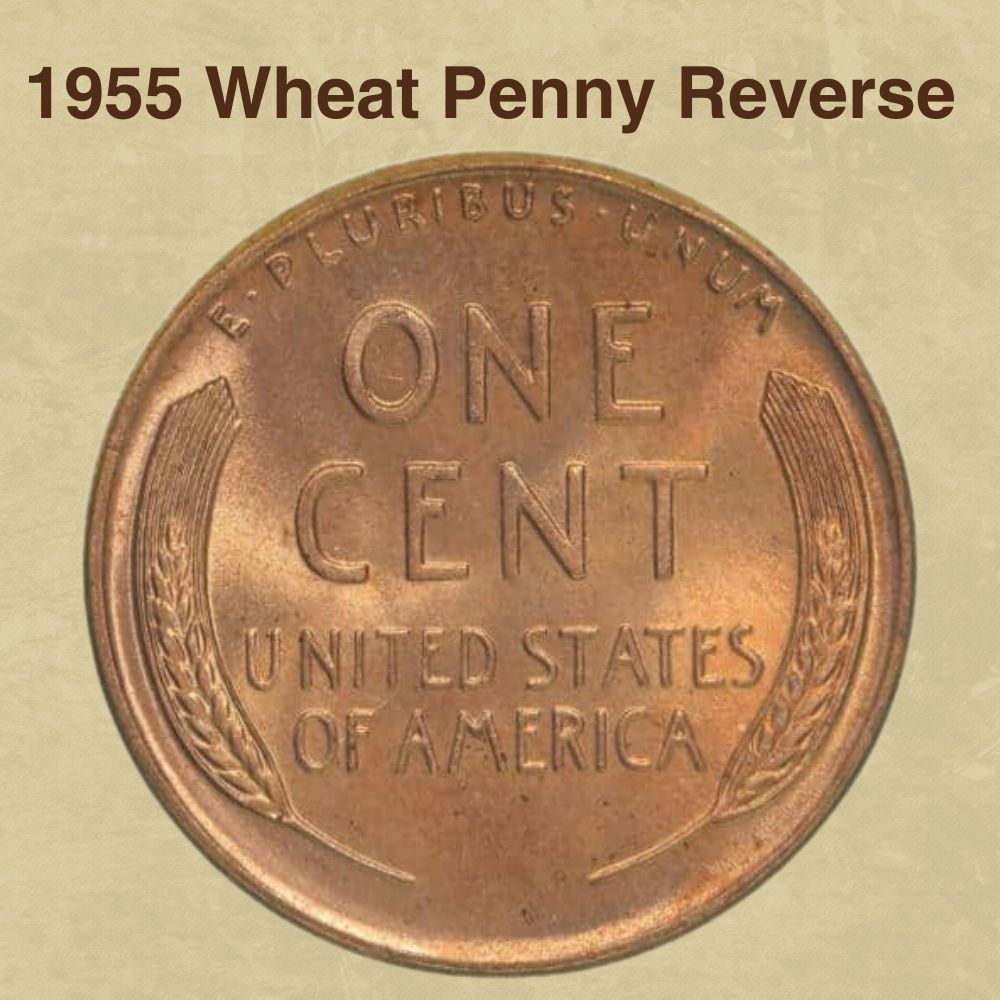
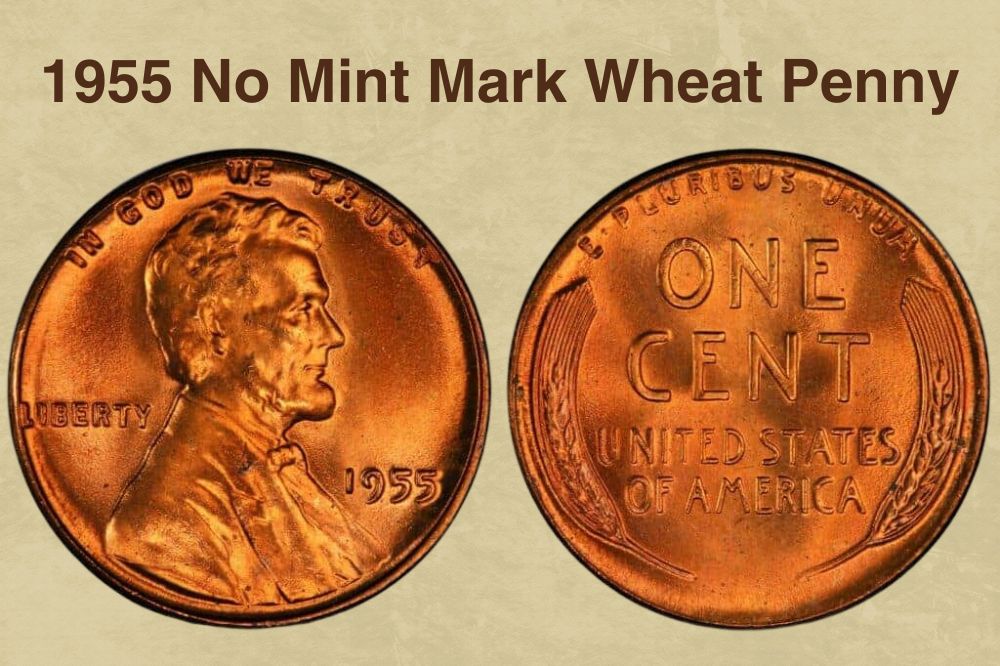
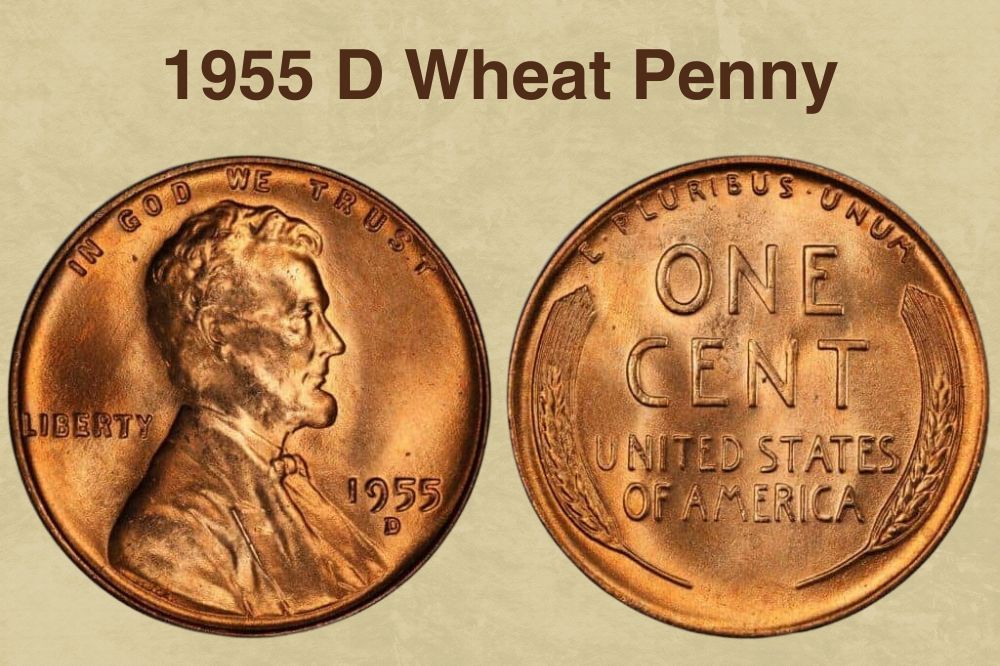
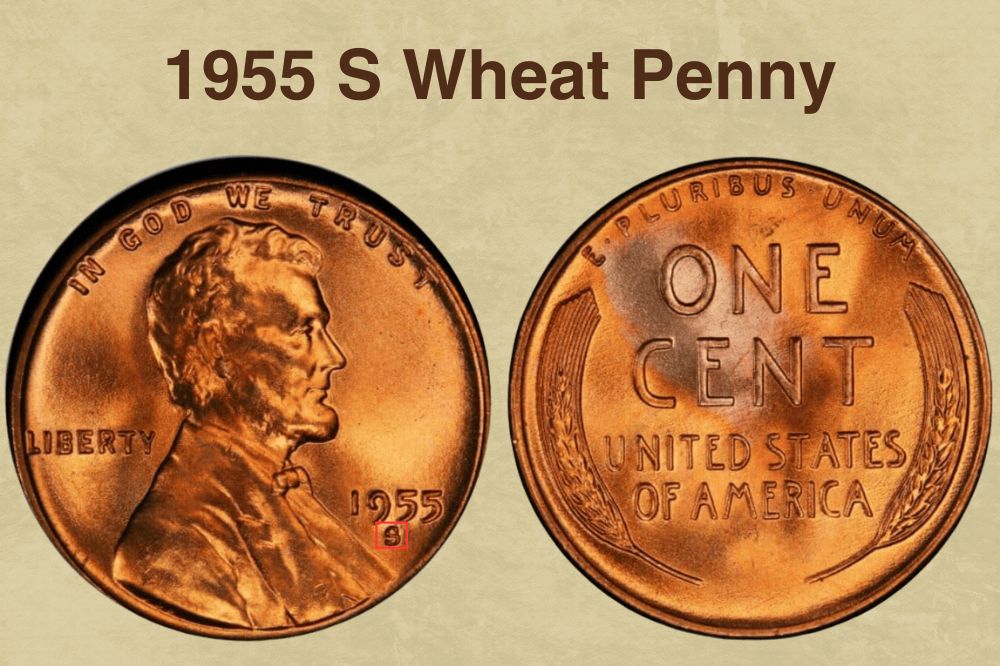
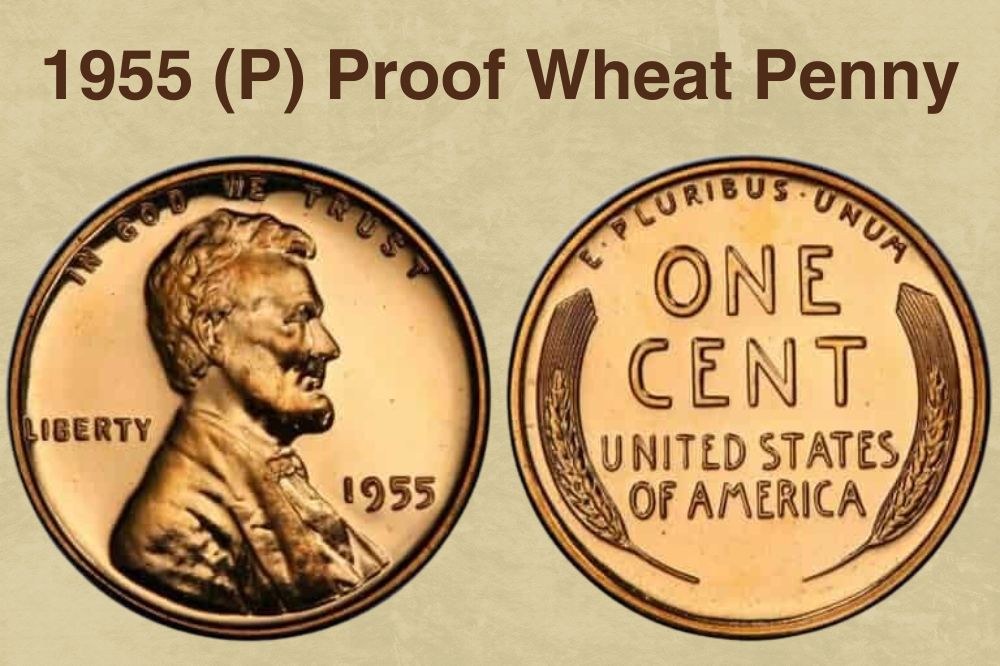
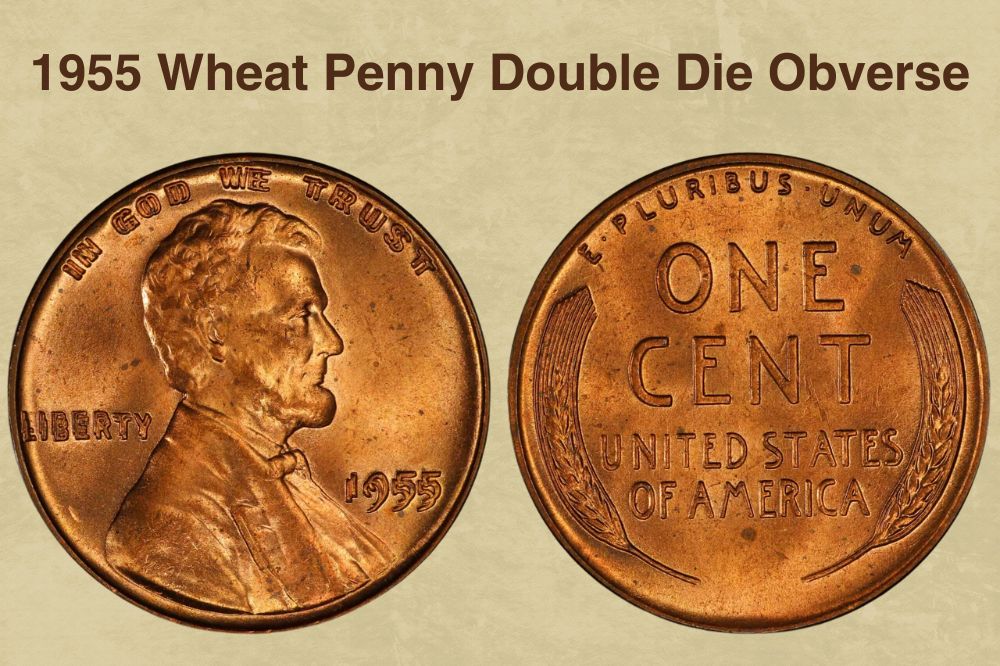
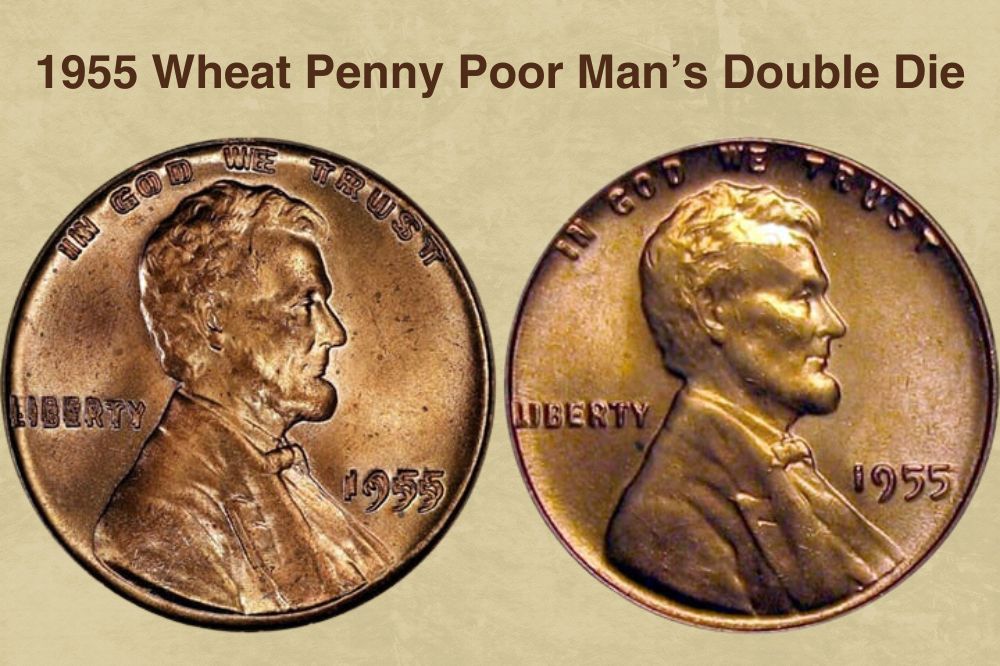
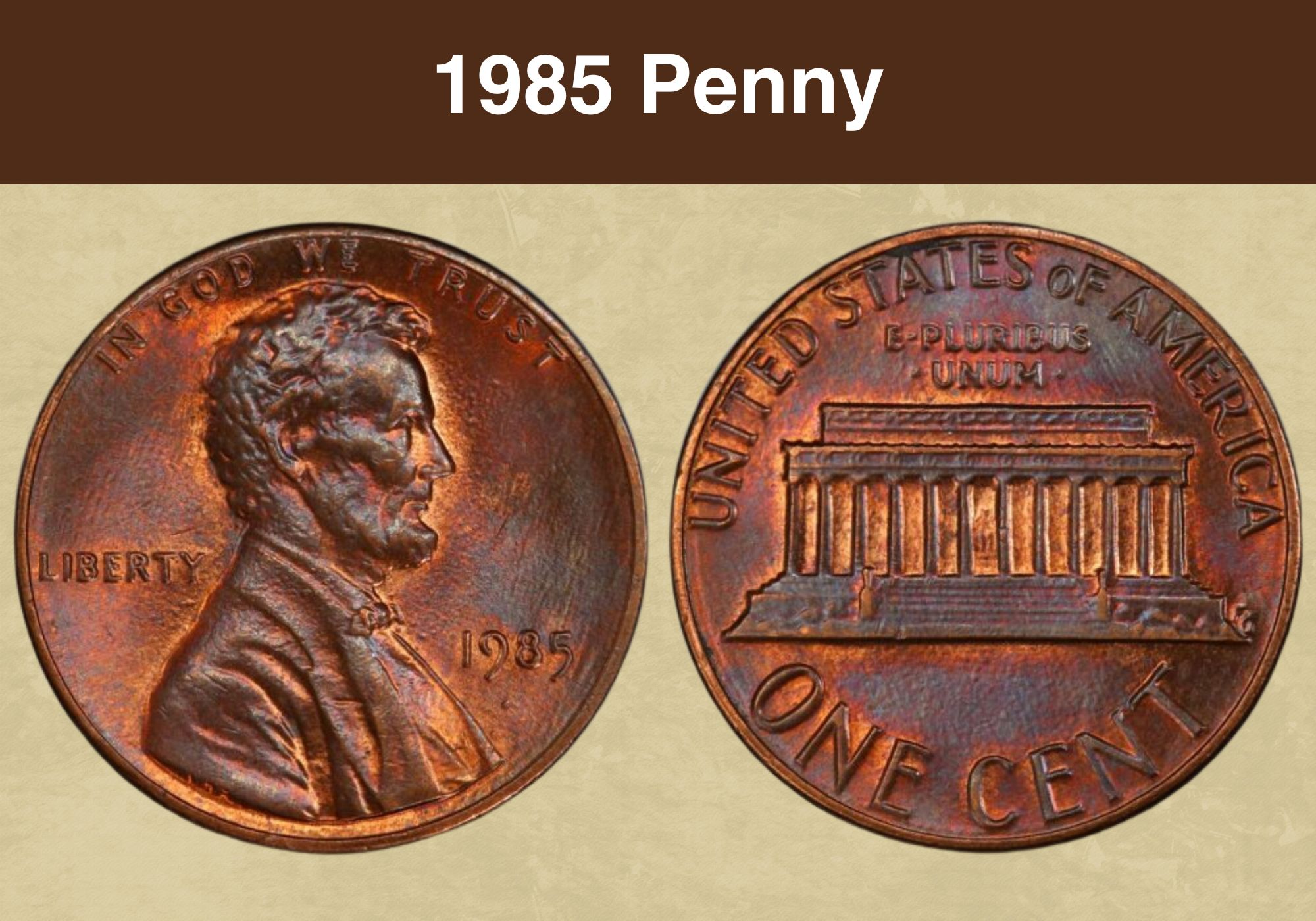
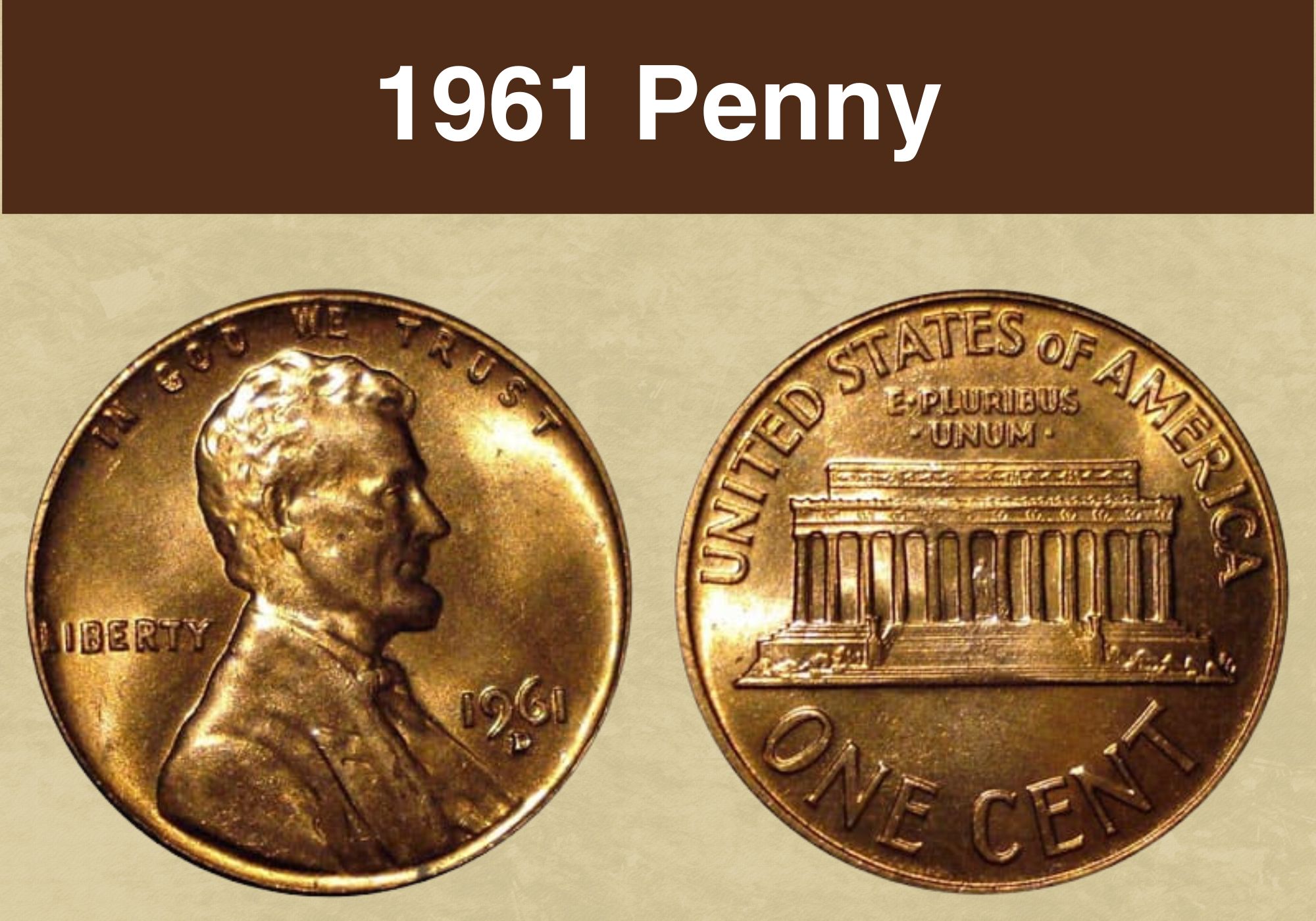
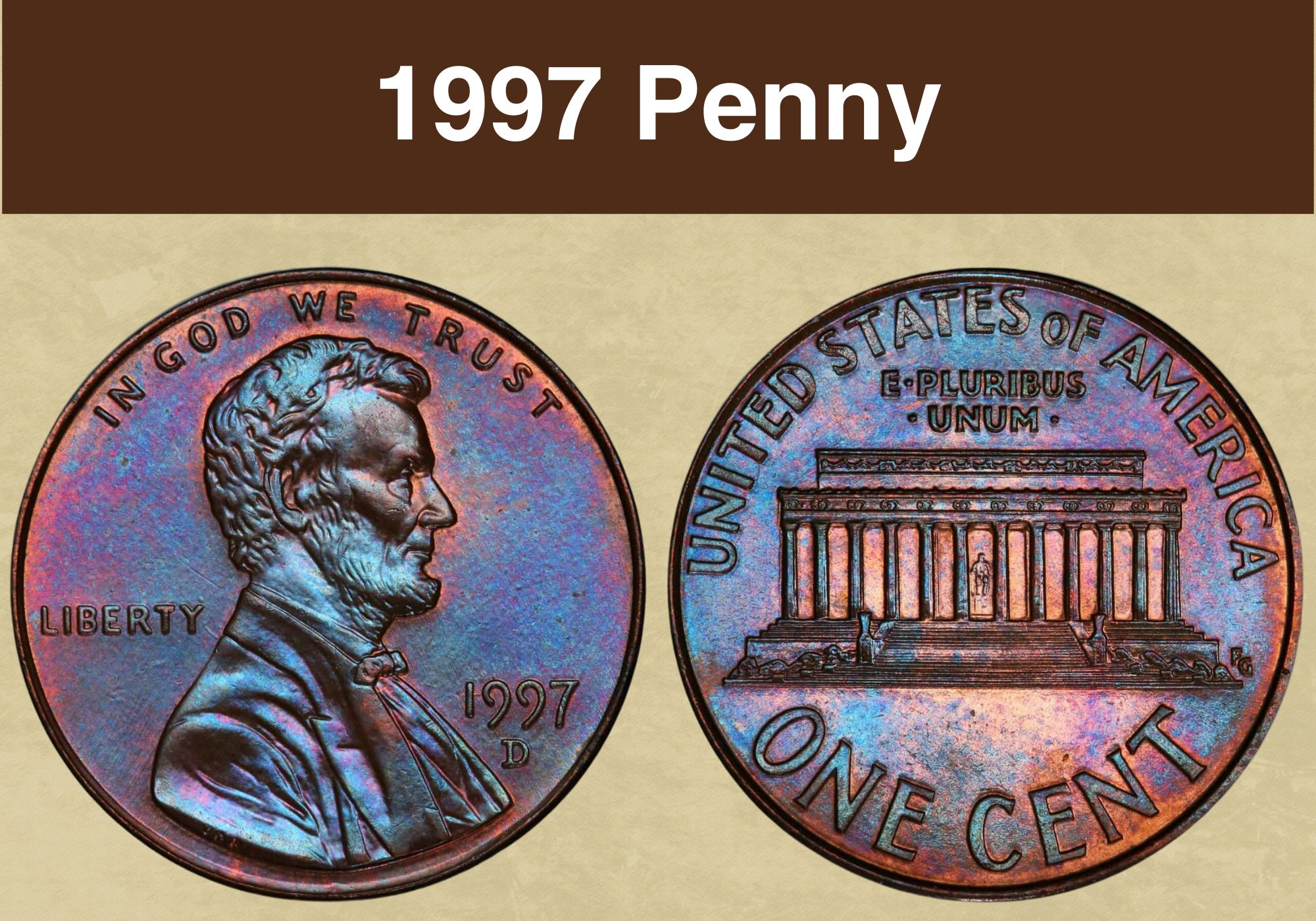
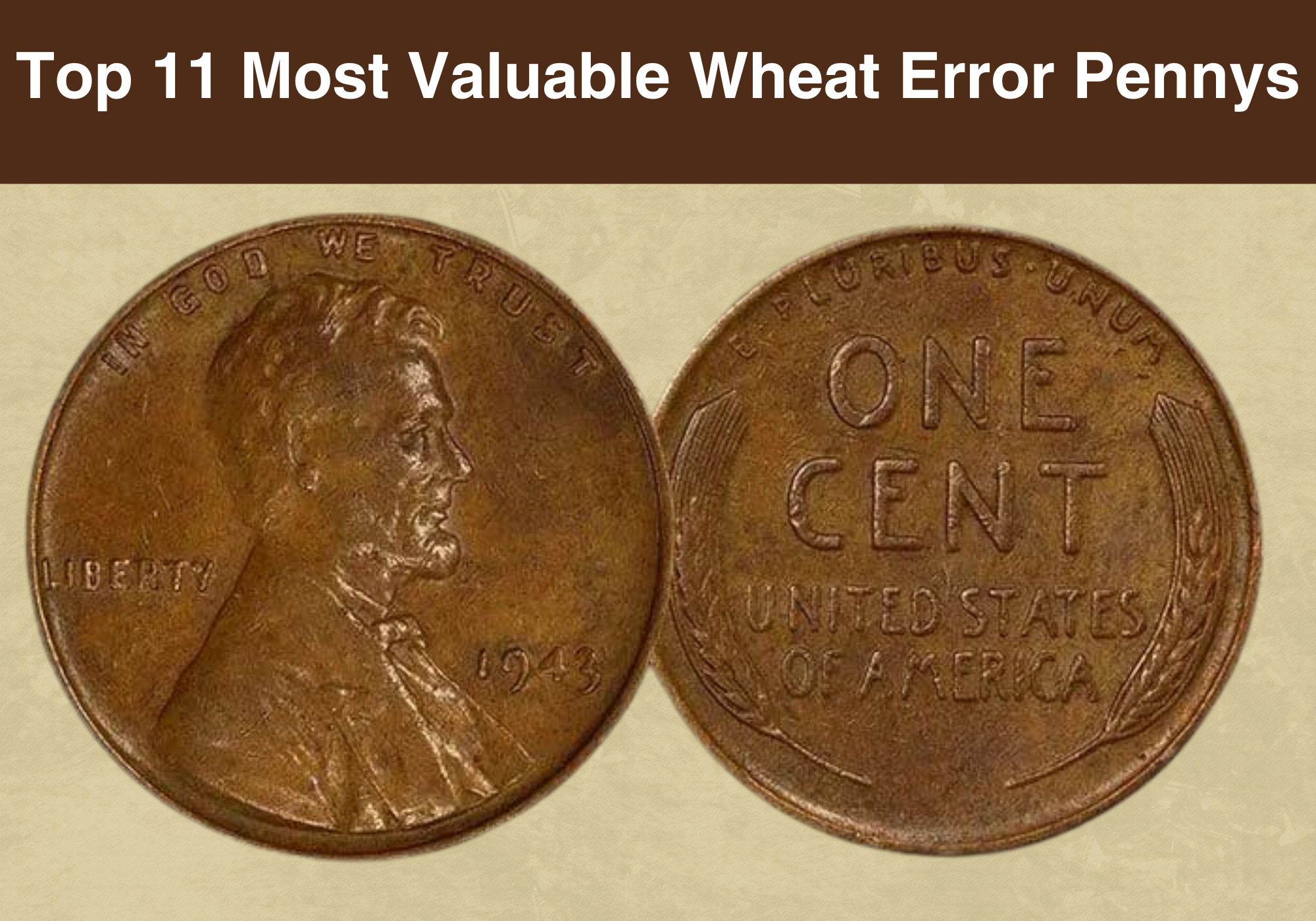
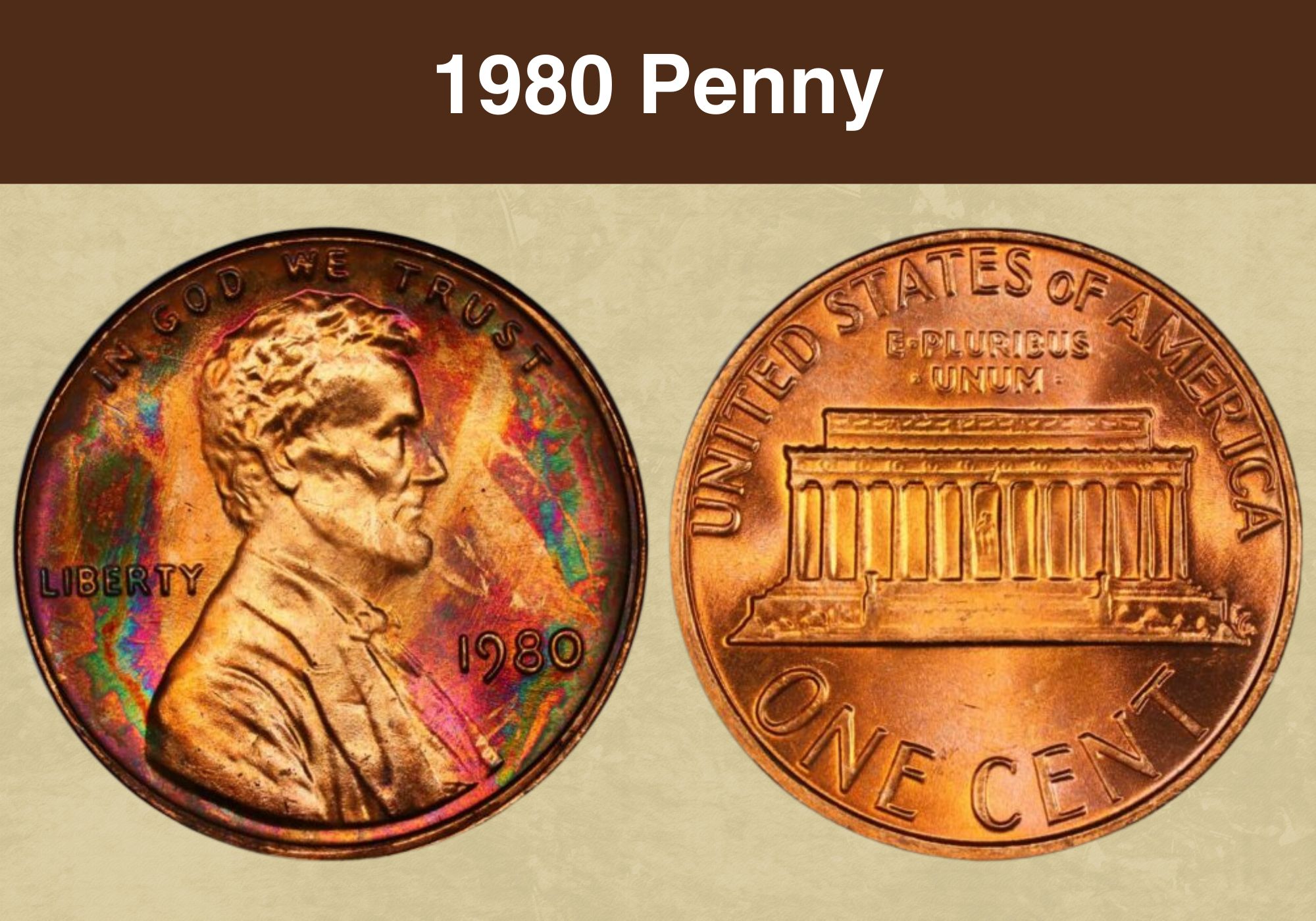
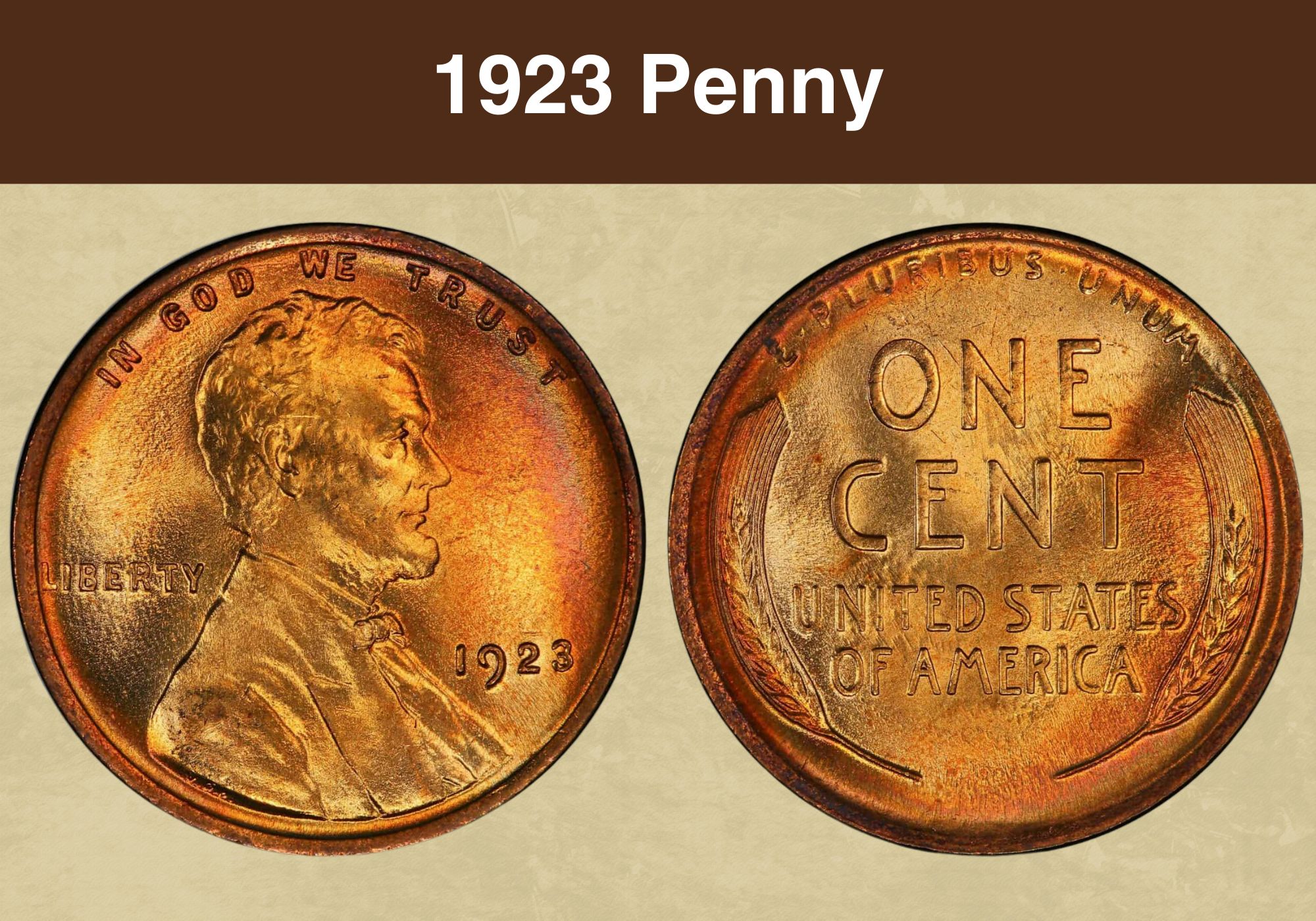
I found a 1955 Denver it looks like a ddo I just started collecting pennies and researching as a hobby cuz I’m disabled and have nothing else to do and I thought it was pretty interesting I have a few Lincoln wheat pennies but this one I come across today and I remember reading that it was sold after the double die I was just wondering where to go from here because I live in Tennessee and don’t know anybody I trust to look at it and tell me the truth. Could you help me with this please?
I came across a 1955 Lincoln penny. What makes this penny so different than the others is that it looks silver with only a hint of copper on the collar. That is only one area on this penny . It also picks up to a magnet, not snap pick up but gently picks up to a magnet. I know your saying it’s steel it is not. It’s weight is 2.9 under what a copper one weighs 3.1 .It has not been in circulation much as it shows no marks on it. I do not know exactly what this penny is made out of, just the fact that it made its way out of the mint being the only silver one is amazing.if you would like to see pictures of let me know how to up load them. I do believe it is a one of a kind of it’s kind.